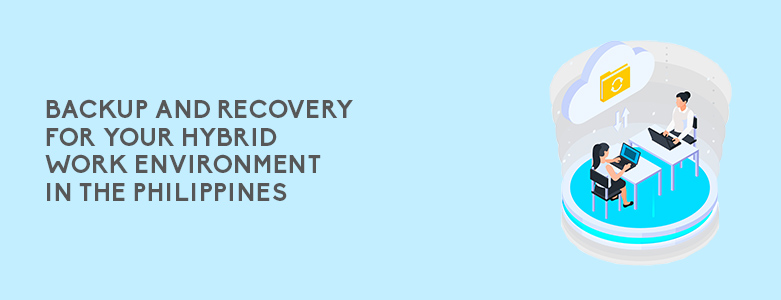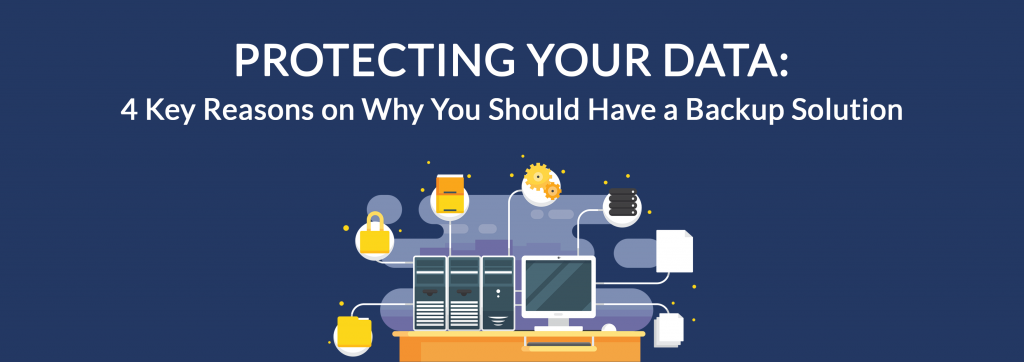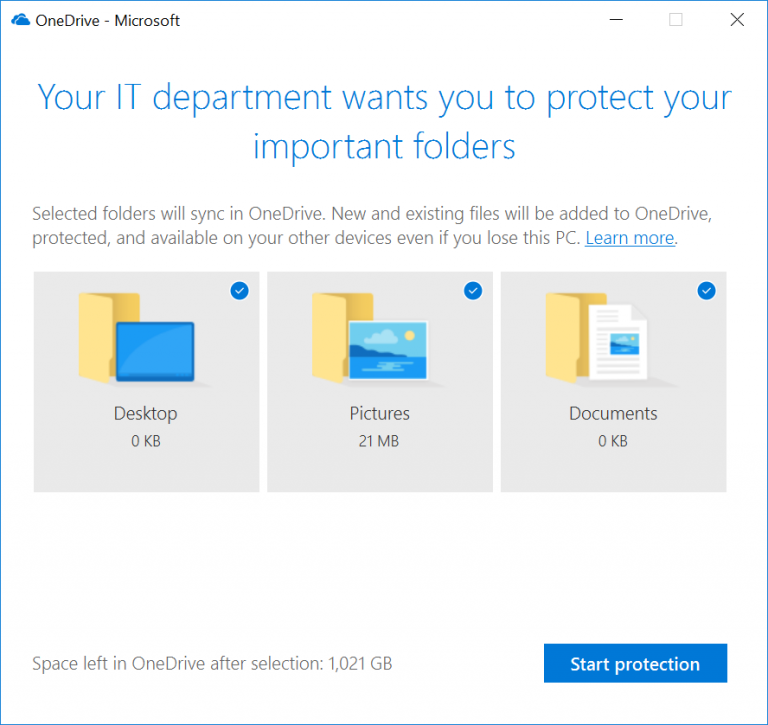Backup and Recovery for your Hybrid Environment in the Philippines

Backing up data has always been something people or companies have ranked as a low priority need. However, when the arises for backup and you and your company are not prepared, the result can be disastrous. Statistics show most small businesses do not recover from data loss and are forced to close while enterprises are estimated to […]
Protecting your Data: 4 Key Reasons on Why You Should Have a Backup Solution

Data is something all businesses would agree is their most important asset, this is why they take multiple steps to ensure its security. However, when it comes to data protection, most companies are lax in its measures in the Philippines. This is alarming as data loss is not as uncommon to businesses as most seem […]
Finance: Adding Business Continuity to your Bottom Line to Help Data Resiliency
Financial firms have the task of making sure that their clients are making the most of their fiscal decisions. From services such as accounting, hedge fund management, and stock investments, your clients put their trust in you to handle their funds and ensure confidentiality. Once that trust is gone, you will most likely lose that […]
Cloud Backup vs. BCDR: The Difference Between the Two Data Protection Strategies
When discussing whether business’ have a business continuity and disaster recovery (BCDR) in place, many would say that they have some in place but really only have Cloud Backup in place. So, what is the difference between the two? Cloud backup, simply put, is backing up your data to a remote cloud-based server which is […]
Protect Your Critical Data with Known Folder Move!

Data is usually rank #1 when asked of users in importance of their endpoints. So, it is always somewhat strange that when asked if they keep a back up of their files, the answer is usually no. Data is usually taken for granted by end-users, sometimes event saving them in improper places such as their […]
Unitrends Backup and Recovery is a Game Changer for Today’s Ransomware Risks
With the threat of ransomware on the rise, organizations have been further increasing their IT security to makes sure that they are prepared for it. However, no matter how well you prepare you can never guarantee that no threats will ever pass through. This is where backup solutions such as Unitrends come in. Updates such […]
